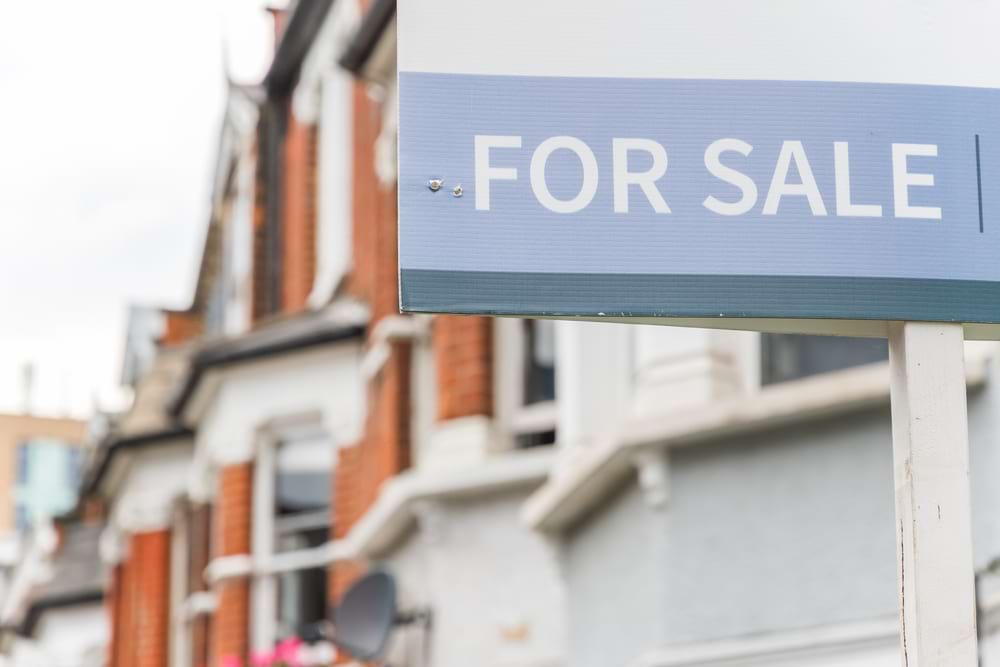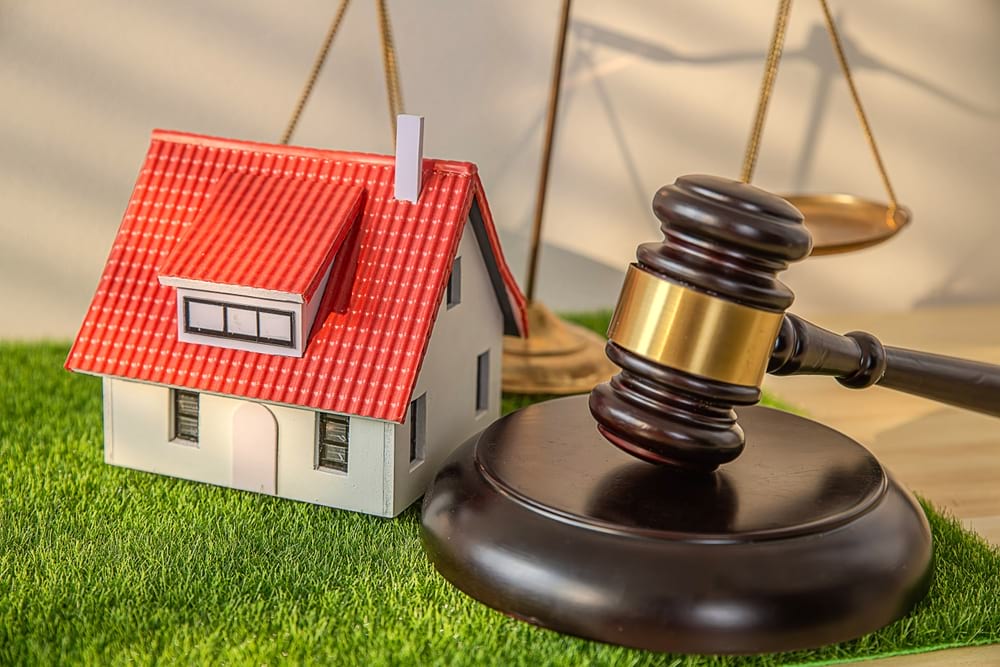It’s always good to get along with your neighbours.
Disputes with them can give you lots of headaches and decrease your property value.
Easements and their removal can be a source of conflict.
Read our blog below for all the answers you need.
What is an easement?
An easement is a legal term that gives you the right to use someone else’s property for a specific purpose. This right is specified in writing.
When buying a house, you should check whether it has ongoing easements.
Checks completed by your solicitor should cover this. Some common examples of easements include the right to:
- Cross the land
- Receive water from the property
- Drive over a shared driveway
- Pass something over or under the land – e.g., a utility company to install pipes under the land, or for a telecoms company
- Receive light from another person’s property.
Written vs. implied easement
In most cases, an easement takes the form of a written agreement. This tends to happen when land is divided, and part of it is sold or leased to another party.
You can also get an implied easement (see below, ‘Perscription’). This isn’t written down but can become law after a set period.
Easements vs covenants
Easements give individuals the right to do something on someone else’s land, whereas covenants restrict what property owners can do on their own land.
Why might an easement be made?
An easement can give peace of mind to all parties involved.
When an agreement is in writing, it can be used in court. Thus, it ensures that no one goes beyond the agreed terms.
Sometimes, a person interested in a house might ask for the current owner to make a written easement before they buy it.
How to create an easement on a property
Deed
The most common way to make an easement is via a deed – a written agreement outlining the details of the easement. A solicitor can assist with this.
Prescription
You can also create an easement by prescription. This means that when land has been used for a specific purpose for over 20 years, the beneficiary’s right to use it becomes implied by law.
Statutes
A statute (law) can also be used to create an easement. For example, a local council may decide that a particular area should remain a right of way for the public.
Why might someone be unhappy with an easement?
You might feel unhappy with an easement if the previous owner of your house created it.
You might have had no choice but to accept this term when you bought it. But now that you’re in charge, you can explore ways to remove it.
Sometimes, a potential buyer of your house will express dissatisfaction with an easement.
They might only be willing to buy the house if an easement is removed. This could prompt you to get it done so the sale can proceed.
You might also be unhappy with an easement because conditions have changed since it was first made.
Perhaps a new owner has moved into the adjoining land. Or maybe a new public road has been built, and it’s no longer necessary for the recipient to drive across your land.
How to remove an easement from your property
Written agreements
A written agreement is potentially the easiest way to get an easement removed.
Of course, it relies on you and the beneficiary agreeing to remove the easement.
You’ll both sign a document stating your desire to remove the easement and submit it to HM Land Registry. It will then be removed from the title documents.
A solicitor can help you create the document in question.
Application for removal
In many cases, the beneficiaries will disagree with removing easements.
In this case, you should get support from a solicitor.
You’ll need to create a written application for removal, which can be reviewed by the relevant authority or even heard in a court of law.
Removing statues for easements
Property owners affected by a stature can dispute it in court. There are several potential grounds to do this, including:
- Expropriation without compensation: If an easement has significantly reduced their property’s value, the owner might claim that it amounts to expropriation without adequate compensation.
- Procedural errors: The owner could argue that procedural errors were made when the statute was enacted. For example, the public was not adequately notified or consulted.
What if I didn’t know about an easement on a property when buying it?
It’s still binding even if you didn’t know the easement existed.
If you didn’t know about the easement and want to take action, you’ll have to find who is responsible.
If the easement is detailed on the title deeds, which you were given an advance copy of, it can be argued as your fault. (After all, you had the opportunity to have surveys carried out.)
If a solicitor carried out searches and failed to pick this up, it could be their fault. You could take action against them.
Whoever is responsible will probably be liable to pay compensation and legal costs. This is usually covered by insurers.
Can I find out when an easement was first created?
Yes. The title deeds will usually contain this information.
You could also ask the beneficiary if you’re on good terms, to see if they know the answer.
If no one can get the answer, speak to a solicitor who can explore ways to find out.



















